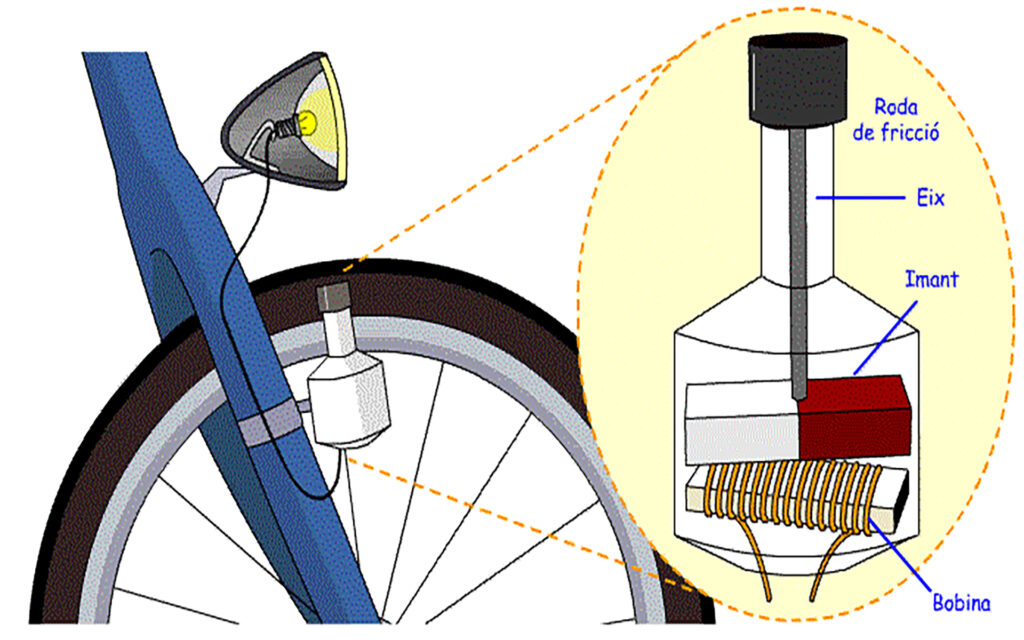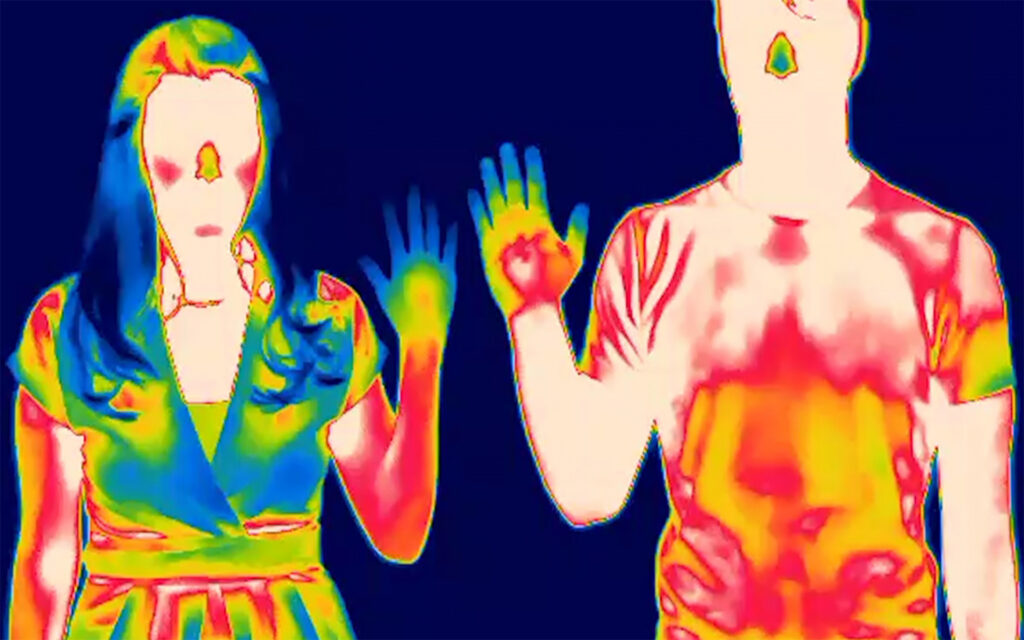During the day, thanks to the transformation of food into energy, which is a bit like our fuel, we are able to perform countless actions. But whether our body is at rest or in motion, it is capable of producing energy. Obviously, we use a lot of our energy to work and carry out normal daily activities, but how can we use it even better? Is it realistic to think of being able to convert human energy into a different kind of energy?
A ride, human warmth and steps can achieve considerable and unexpected results and literally help to move the world.
Produce energy by pedaling
One of the first mechanisms that allowed us to take advantage of our physical strength was the dynamo installed on a bicycle and already used at the end of the 1800s.
The strength of the calves is transformed into electrical energy thanks to the dynamo, allowing the light of the bicycle to light up.

But how can a single individual cycling benefit an entire community? Let’s go to South America, to Brazil where by an iniative of a judge, the inmates pedal on excercise bikes to produce energy. The project called “Project Luminar” involves the commitment of prisoners who have distinguished themselves for good conduct and who have already served half their sentence.
For 8 hours of physical activity per day there is a penalty discount of 24 hours and at the same time donating electricity to the streets of the cities where the prison is located.
Let’s now move on to another example, this time in Rome, the Italian capital. Here students have the opportunity to pedal 15 minutes a day and recharge a “Energy Credits” card that increases with increasing wheel spins. The children therefore not only have the opportunity to contribute to the energy used by the school but also to use the credits for recreational activities.
If we are in Copenhagen and don’t know where to have lunch, we can head to the Crown Plaza. If we ride for at least a quarter of an hour, the hotel will receive energy and we will get a free hot meal.
And don’t forget that cycling improves our mood by 20%.
Human warmth
A person at rest can emit 100 watts of heat while during a workout it can reach 1000 watts, in essence with this amount of energy you would be able to boil a liter of water in 6 minutes.

How much human warmth can hundreds of people dancing in a disco generate? Evidently this question was also asked by the creators of Bodyheat, an experimental system that was installed in a Scottish restaurant.
The heat produced by all those who move (or not) to the rhythm of music is collected from the ceiling and subsequently sent into wells 150/200 meters deep, feeding a sort of thermal battery that releases the heat if necessary. In this way, the heating system, working less, will have a smaller impact on energy consumption with a reduction of 70 tons in carbon emissions every year.
In Sweden, on the other hand, a pump has been installed in the Stockholm metro station that captures the body heat produced by travelers and is stored in the water that heats the offices above the station. Thanks to this mechanism, the heating requirement is reduced by 5-10%.
Colorado University, on the other hand, has turned the human body into a battery. In fact, he created a device very similar to a ring capable of converting the internal temperature of the body into electricity. We are talking about about 1 volt per cm² of skin with which the device is in contact. A person walking at a brisk pace could generate up to 5 volts of power, so being able to recharge watches or fitness trackers.
Steps and piezoelectric effect

Have you ever heard of this effect? As early as 1800 Pierre Curie discovered that some materials subjected to pressure have the ability to generate electric current. Some of these elements are quartz and potassium, although others were later found. From this principle came the idea of producing energy from the pressure of human footsteps on sensitive materials. The deputy mayor of Toulouse has built roads with piezoelectric sensors inside. In Turin, they were installed in some platforms used for sports exercises.
Further south, 100 ‘special’ Pavegen tiles, a floor that transforms kinetic energy into electricity, were inserted into a football pitch in Nigeria. Thanks to them, enough electricity is created to illuminate the field itself, and in this way we have said goodbye to an old and polluting diesel generator.
Cycling and walking, therefore, are not only good for our physique and our mood, but also for our environment and our wallet.





